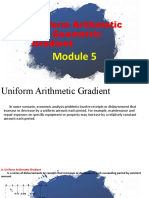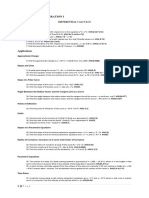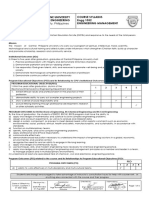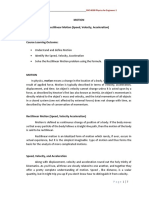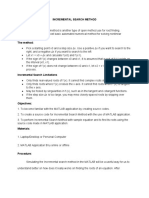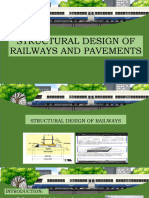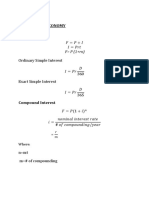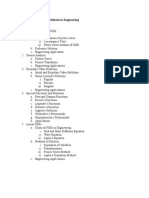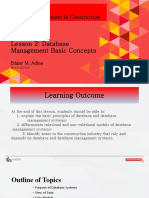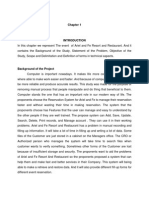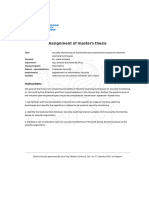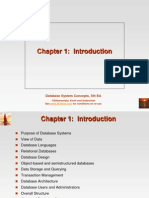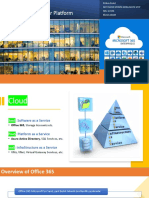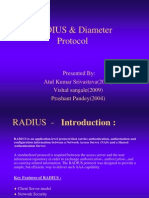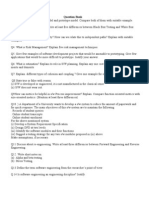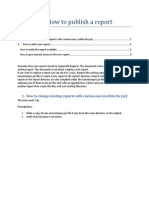0% found this document useful (0 votes)
186 views26 pagesModule 1 Lesson 1
This document provides an introduction to database management concepts. It discusses the basic principles of databases and database management systems, including different database models like relational and non-relational. It also explains how databases store and organize data and information. The document outlines the history of database management from early file management systems to hierarchical, network and relational models. It describes key database terminology and components. The overall summary is that the document introduces fundamental concepts about databases, database management systems, and how they are used to store and organize data.
Uploaded by
Erza LeeCopyright
© © All Rights Reserved
We take content rights seriously. If you suspect this is your content, claim it here.
Available Formats
Download as PPTX, PDF, TXT or read online on Scribd
0% found this document useful (0 votes)
186 views26 pagesModule 1 Lesson 1
This document provides an introduction to database management concepts. It discusses the basic principles of databases and database management systems, including different database models like relational and non-relational. It also explains how databases store and organize data and information. The document outlines the history of database management from early file management systems to hierarchical, network and relational models. It describes key database terminology and components. The overall summary is that the document introduces fundamental concepts about databases, database management systems, and how they are used to store and organize data.
Uploaded by
Erza LeeCopyright
© © All Rights Reserved
We take content rights seriously. If you suspect this is your content, claim it here.
Available Formats
Download as PPTX, PDF, TXT or read online on Scribd
/ 26


